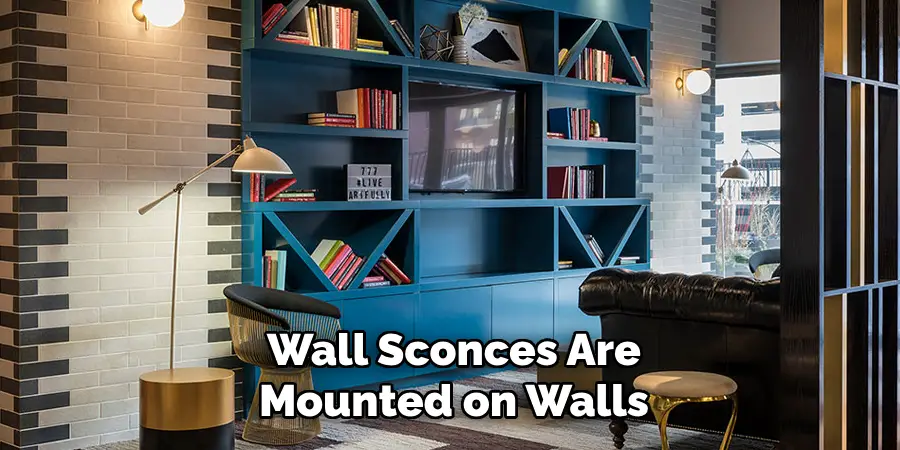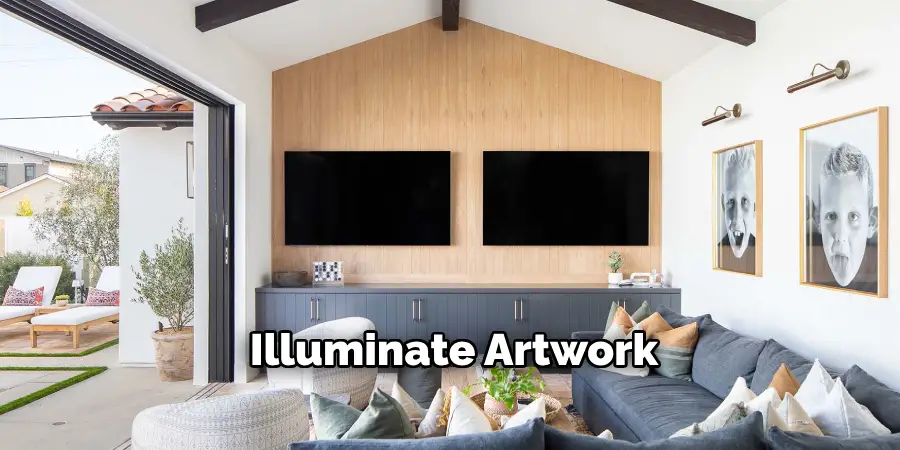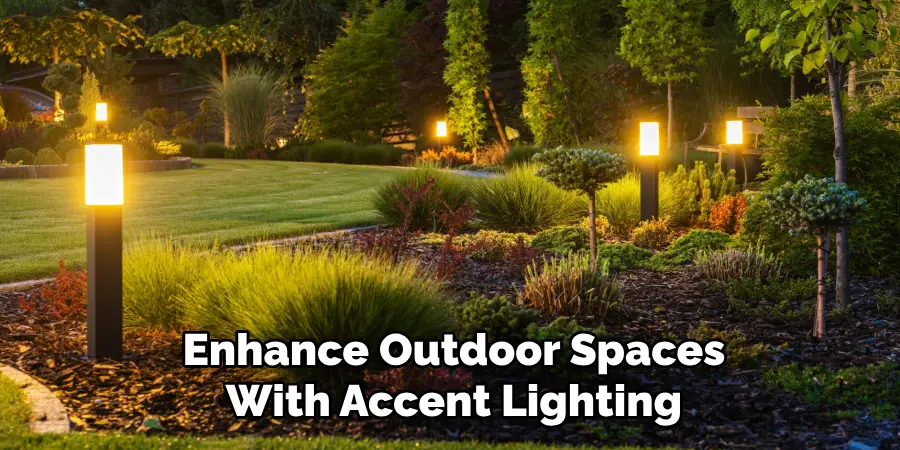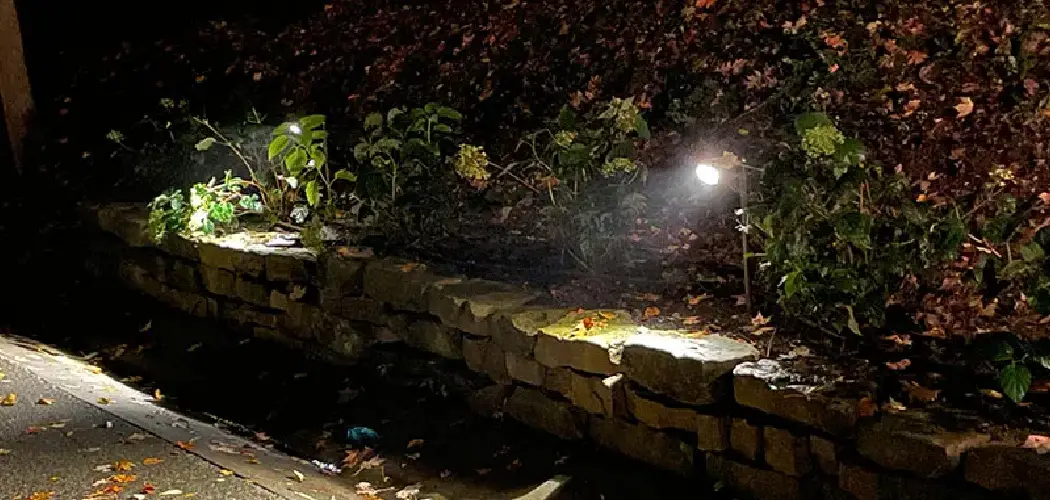Accent lighting is a powerful technique used to enhance the aesthetic appeal of a space by drawing attention to specific features or areas. Whether you are highlighting artwork, architectural details, or outdoor landscapes, accent lighting helps to create depth and visual interest, transforming any room or setting into an inviting and dynamic environment.

By choosing the right fixtures and placements, accent lighting can balance functionality with style, ensuring that your space looks cohesive and well-lit. In this blog post, we’ll walk you through the steps on How to do accent lighting so that you can get back to using it in no time! So grab your tools, and let’s get started!
What Is Accent Lighting?
Accent lighting is a type of lighting design used to highlight specific objects, features, or areas within a space. Unlike general or ambient lighting, which provides overall illumination, accent lighting focuses on creating visual interest and emphasizing key elements, such as artwork, architectural details, or decorative objects.
It often uses directional lighting to draw attention to these features, adding depth and contrast to the environment. This lighting style not only enhances the aesthetic appeal of a space but also allows you to create focal points and set a mood that complements the overall design.
Types of Accent Lighting
There are several types of accent lighting that can be used to highlight key elements in a space:
- Track Lighting
Track lighting consists of a series of adjustable fixtures mounted on a track. It is ideal for showcasing artwork, sculptures, or architectural features, as the lights can be directed to specific areas.
- Recessed Lighting
Recessed lighting is installed into the ceiling or walls, creating a sleek and unobtrusive look. It works well for highlighting particular objects or areas without distracting from the overall design.
- Wall Sconces
Wall sconces are mounted on walls and provide focused beams of light. They are perfect for emphasizing decorative pieces, textured walls, or mirrors, while also adding a touch of elegance.

- Picture Lights
Specifically designed to illuminate artwork, picture lights are mounted above or around paintings or photographs. They enhance the visual impact of your art pieces and add a museum-like atmosphere to the room.
- Spotlights
Spotlights are versatile fixtures that emit intense beams of light and can be used to highlight specific items or areas, such as a unique piece of furniture or a striking architectural detail.
By carefully selecting the type of accent lighting that suits your needs, you can enhance both the functionality and aesthetic appeal of your space.
10 Methods How to Do Accent Lighting
1. Highlight Architectural Features
A classic use of accent lighting is to emphasize unique architectural elements like alcoves, columns, ceiling beams, or textured walls. Installing recessed lights in the ceiling or directional spotlights at the base or top of a feature allows you to cast soft or dramatic shadows that bring out depth and detail. Wall grazers—lights placed close to the wall—work especially well for textured surfaces, as they enhance shadow and contrast. This method is perfect for showcasing brick, stone, or wood features, giving the space a curated and timeless look.
2. Illuminate Artwork or Wall Décor
When you have beautiful paintings, sculptures, or wall hangings, accent lighting can elevate their presence dramatically. Picture lights mounted above a frame, track lighting with adjustable heads, or recessed spotlights can be directed to bathe the artwork in soft, focused light.

The key is to ensure that the beam does not create glare or uneven shadows. For paintings, especially those behind glass, use lighting with a high color rendering index (CRI) to maintain true color representation and avoid harsh reflections. This turns any wall into a gallery-worthy display.
3. Use LED Strip Lighting for Depth
LED strip lighting is one of the most versatile tools in accent lighting. These flexible strips can be tucked under cabinets, shelves, countertops, and behind furniture to create a glow that suggests depth and sophistication. For example, installing LED strips under a floating vanity gives the illusion that it’s levitating, while backlighting a headboard or television adds ambient flair. Choose strips with adjustable color temperature or RGB functionality for even more control over the atmosphere, adapting the mood from warm and cozy to cool and modern with a remote or app.
4. Install Recessed Spotlights
Recessed spotlights, or can lights, are an elegant way to provide directional lighting without any visible hardware. These lights are typically embedded in the ceiling and angled toward focal points, such as artwork, furniture, or a reading nook.
They work best in modern or minimalist interiors where subtlety is desired. Use dimmable bulbs and narrow beam angles to control intensity and focus. This method allows you to “paint” with light, sculpting the visual flow of the room and drawing attention exactly where you want it.
5. Accent Plants and Greenery
Bringing attention to indoor plants or garden landscapes with light adds a natural and serene aesthetic. Use spike spotlights, uplights, or even small lanterns to direct light upward from the base of a plant, which creates captivating silhouettes and adds drama to the foliage.

In indoor spaces, miniature LED spotlights or puck lights installed in planters or ceiling corners can provide gentle highlights. In gardens, solar-powered accent lights and waterproof fixtures add depth during nighttime, turning even a modest landscape into a magical setting.
6. Create Focal Points in the Kitchen
Accent lighting isn’t just for art—it works beautifully in functional spaces like kitchens. Under-cabinet lighting, toe-kick LED strips, and small directional lights inside glass-front cabinets can highlight backsplashes, countertops, or prized dishware. These lighting techniques not only add elegance but also serve a practical purpose by providing task-friendly illumination. Use warm white lighting to maintain a cozy ambiance or cool white for a sleek, modern kitchen vibe. Layering these subtle light sources ensures your kitchen is both visually dynamic and welcoming.
7. Use Accent Lighting for Shelving and Displays
Whether it’s a library of books, collectibles, or decorative vases, accent lighting within shelving brings a museum-like polish to any collection. Recessed puck lights, mini spotlights, or LED strip lighting can be installed above or underneath shelves to highlight specific objects. This technique is particularly effective in living rooms, offices, or hallways, where display pieces might otherwise be overlooked. Choose fixtures that are low-heat and energy-efficient to prevent damage to delicate items while keeping your setup sustainable and long-lasting.
8. Add Mood with Cove Lighting
Cove lighting is an indirect lighting method that involves placing light fixtures in ceiling recesses, valances, or wall ledges. This creates a soft, upward glow that washes the ceiling or walls in ambient light, subtly defining the shape and structure of the room. It’s an excellent choice for bedrooms, dining rooms, or living areas where soft mood lighting is desirable. Use LED rope lights or linear fixtures to achieve even illumination and pair with dimmers for adjustable ambiance. Cove lighting is a hallmark of high-end interior design due to its discreet elegance.
9. Enhance Outdoor Spaces with Accent Lighting
Accent lighting is equally important outdoors and can transform patios, porches, and gardens into enchanting nighttime retreats. Use uplights to highlight trees or architectural facades, path lights to define walkways, and string lights or lanterns to add charm and warmth. Well-placed outdoor sconces can showcase exterior textures like stone or wood siding. Choose fixtures rated for outdoor use and consider solar or low-voltage options for energy efficiency and easier installation. The goal is to create contrast and interest without flooding the area with light.

10. Layer Lighting with Dimmers and Controls
The effectiveness of accent lighting often hinges on control. Layering light sources—general, task, and accent—and controlling them with dimmers or smart systems allows you to adapt lighting to different moods and times of day. For instance, dimmed accent lights in the evening can provide just the right ambiance for relaxation, while full brightness might highlight a decorative object during a gathering. Smart lighting systems enable voice or app control, making it easier to tailor your space in seconds. Layering and control elevate accent lighting from static decor to an interactive experience.
Maintenance and Upkeep
Proper maintenance ensures that your lighting setup remains functional and visually appealing over time. Regularly dusting fixtures and bulbs helps maintain brightness and prevents dirt buildup, which can diminish light output. For smart lighting systems, keep software and firmware updated to ensure compatibility with apps and prevent glitches. Inspect wiring and connections periodically to detect any wear or potential hazards early, especially for older systems.
Replacing burnt-out bulbs promptly not only prevents uneven lighting but also extends the life of surrounding fixtures by avoiding unnecessary strain. By investing time in upkeep, you can enjoy a lasting and efficient lighting system that continues to enhance your space.
Conclusion
Accent lighting is more than a decorative touch—it’s a transformative design element that adds drama, interest, and mood to any space. Whether you’re casting a soft glow across textured walls, spotlighting art, or creating a cozy nook with under-shelf lighting, these ten methods give you a comprehensive roadmap for effective and beautiful accent illumination. With thoughtful planning and a creative eye, you can use light not just to see, but to shape the emotional and aesthetic atmosphere of your home. Thanks for reading our blog post on How to do accent lighting! We hope you found it helpful and informative.

